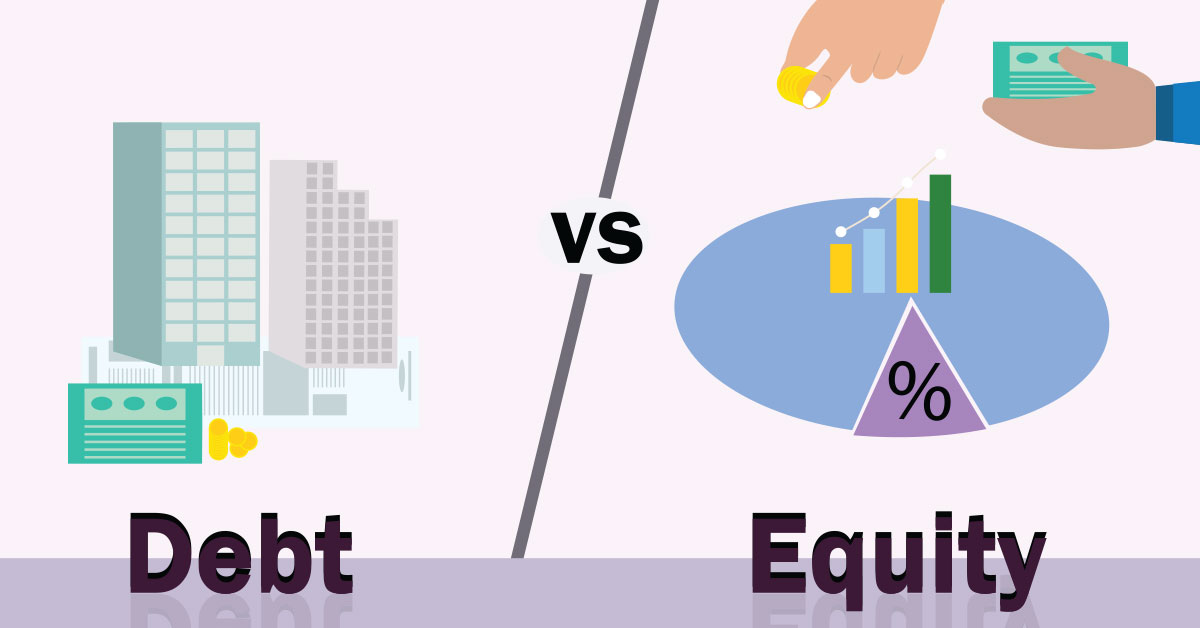
Posted on January 12, 2024 by MergerDomo
Resilience in M&A: Adapting to Volatile Markets while Buying a Company
Merger and Acquisition (M&A) activities have always been a critical component of corporate strategy, allowing companies to expand their market share, diversify their portfolios, and achieve synergies. However, in an ever-changing global landscape marked by economic uncertainties and market volatility, the resilience of M&A strategies becomes paramount for investors and buyers. This article explores the challenges posed by market volatility and the adaptive strategies that investors and buyers can employ to navigate these uncertainties successfully.
Comprehending Market Volatility
Market volatility refers to the degree of variation in trading prices of a given market over time. Various factors contribute to volatility, including economic indicators, geopolitical events, regulatory changes, and unforeseen crises such as the global pandemic. For investors and buyers engaged in M&A activities, the impact of market volatility can be substantial, influencing deal valuations, financing options, and overall transaction outcomes.
Challenges Faced by Investors/Buyers in a Volatile Market
1. Valuation Uncertainty: One of the primary challenges in a volatile market is the uncertainty in valuing target companies. Fluctuations in stock prices and earnings multiples can significantly impact the perceived value of a potential acquisition, making it challenging for investors to assess the true worth of the target.
2. Financing Challenges: Market volatility often leads to changes in interest rates and credit availability, affecting the financing options for M&A transactions. Investors may find it more difficult to secure favourable terms for loans or face higher financing costs, impacting the financial feasibility of the deal.
3. Integration Risks: The process of integrating two businesses is intricate and needs to be carefully planned and carried out. In a volatile market, unexpected changes in economic conditions or regulatory environments can pose additional integration risks, potentially jeopardizing the success of the merged entity.
Adapting Strategies to Enhance Resilience
1. Robust Due Diligence
In times of market volatility, thorough due diligence becomes even more critical. Investors and buyers should conduct comprehensive assessments Regarding the target company's risk exposure, operational effectiveness, and financial stability.
A detailed analysis can help identify potential challenges and opportunities, providing a solid foundation for decision-making in uncertain market conditions.
2. Flexible Deal Structure
To enhance resilience in the face of market volatility, investors should consider adopting flexible deal structures. This may involve structuring transactions with earn-out clauses or contingent payments tied to future performance metrics. Such flexibility allows investors to mitigate valuation uncertainties and share risks with the sellers, fostering a more collaborative approach to deal-making.
3. Active Portfolio Management
Maintaining a diversified portfolio is a key strategy for mitigating risks associated with market volatility. Investors should actively manage their portfolios, regularly reassessing the risk-return profiles of their investments. This adaptability allows investors to reallocate resources, divest underperforming assets, and seize new opportunities in response to changing market conditions.
4. Strategic Focus on Long-Term Value
In volatile markets, short-term fluctuations can obscure long-term value. Investors and buyers should prioritize a strategic focus on the fundamental value that an acquisition brings to their portfolio. This perspective enables a more resilient approach, where decisions are driven by the long-term growth potential and strategic fit, rather than reacting to transient market conditions.
5. Robust Risk Management
Implementing effective risk management strategies is essential for navigating market volatility successfully. This involves identifying and quantifying potential risks associated with the M&A transaction and developing contingency plans to address them. Whether financial, operational, or regulatory, a proactive risk management approach enhances the resilience of M&A strategies.
6. Agile Negotiation and Communication
Flexibility in negotiation is crucial when dealing with volatile markets. Investors should be prepared to adapt deal terms and conditions based on changing circumstances. Effective communication with all stakeholders, including employees, customers, and regulators, is equally important. Clear and transparent communication can help build trust and mitigate uncertainties during times of market turbulence.
Case Study: Successful M&A Resilience in Volatile Markets
To illustrate the effectiveness of resilience strategies in M&A, let's examine a case study of a company that navigated market volatility successfully.
Company X, a global technology firm, identified a potential acquisition target during a period of economic uncertainty. Recognizing the challenges posed by the volatile market conditions, Company X implemented the following resilience strategies:
Thorough Due Diligence: Company X conducted an exhaustive due diligence process, considering the target company's financial stability, market positioning, and operational efficiency. This in-depth analysis provided a comprehensive understanding of the risks and opportunities associated with the acquisition.
Flexible Deal Structure: Understanding the valuation uncertainties, Company X structured the deal with a combination of upfront payment and performance-based earn-outs. This allowed both parties to share the risks and rewards, creating a more collaborative and adaptive framework.
Active Portfolio Management: Company X maintained a dynamic approach to portfolio management, regularly assessing the overall risk exposure and performance of its investments. This proactive strategy enabled the company to reallocate resources to high-potential areas and divest non-core assets to mitigate risks.
Strategic Focus on Long-Term Value: Despite short-term market fluctuations, Company X remained focused on the long-term value proposition of the acquisition. The strategic fit with its existing portfolio and the potential for synergies were prioritized over transient market conditions.
Robust Risk Management: Recognizing potential risks associated with integration and market uncertainties, Company X developed a comprehensive risk management plan. This plan included contingency measures and proactive communication strategies to address potential challenges during the post-merger integration process.
Agile Negotiation and Communication: Throughout the negotiation process, Company X maintained open and transparent communication with the target company and stakeholders. The negotiation team remained agile, adapting deal terms based on changing market conditions, and ensuring a collaborative and mutually beneficial outcome.
The implementation of these resilience strategies enabled Company X to successfully complete the acquisition, achieving long-term synergies and creating value for its shareholders, even in the face of market volatility.
Conclusion
In conclusion, resilience in M&A is essential for investors and buyers navigating through periods of market volatility. By adopting adaptive strategies such as robust due diligence, flexible deal structures, active portfolio management, a strategic focus on long-term value, effective risk management, and agile negotiation and communication, investors can enhance their ability to weather uncertainties and achieve successful outcomes in M&A transactions. The case study of Company X exemplifies how a well-executed resilience strategy can lead to value creation and sustained success in challenging market environments. As M&A continues to play a pivotal role in corporate growth strategies, the importance of resilience cannot be overstated in ensuring the sustainability and prosperity of investment endeavours.




